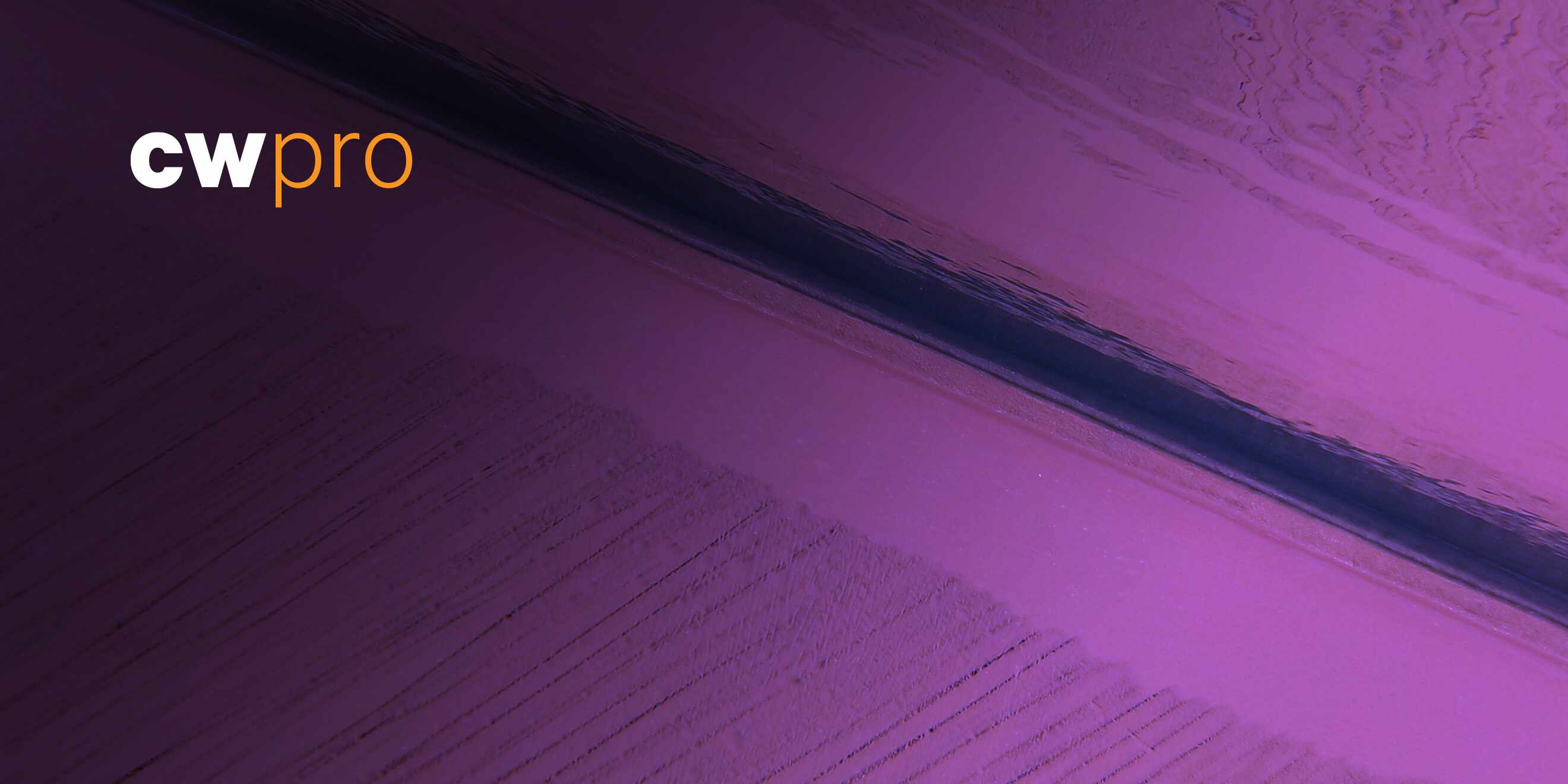A Microsoft Windows policy loophole has been observed being exploited primarily by native Chinese-speaking threat actors to forge signatures on kernel-mode drivers.
"Actors are leveraging multiple open-source tools that alter the signing date of kernel mode drivers to load malicious and unverified drivers signed with expired certificates," Cisco Talos said in an exhaustive two-part report shared Read More
The Hacker News | #1 Trusted Cybersecurity News Site




